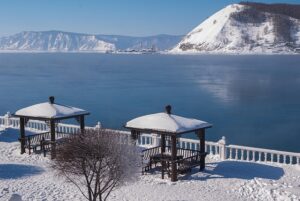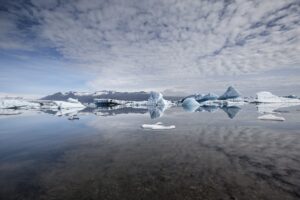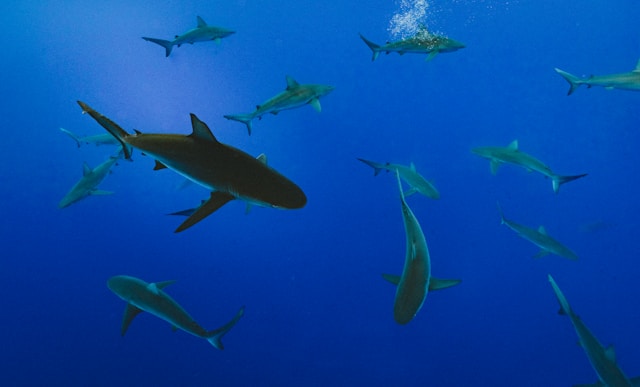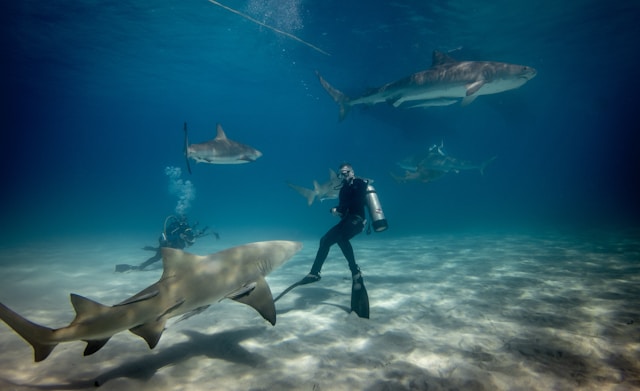Introduction:
Ice diving is one of the most thrilling and extreme experiences in the world of scuba diving. Beneath the frozen surface lies an untouched, serene environment filled with unique marine life and breathtaking ice formations. For those seeking adventure and a challenge, ice diving provides an unparalleled opportunity. In this guide, we’ll explore the best locations for ice diving adventures and what makes each destination extraordinary.
What Makes Ice Diving Unique?
Ice diving differs from traditional scuba diving in several ways:
- Limited Entry and Exit Points: Unlike open water diving, divers must enter and exit through holes cut in the ice.
- Extreme Conditions: Water temperatures are typically below freezing, requiring specialized equipment and training.
- Visibility and Light Effects: The ice acts as a natural filter, creating stunning light patterns and shadows.
- Exclusive Marine Life: Cold-water species such as Arctic cod, sea anemones, and jellyfish thrive in these environments.
1. White Sea, Russia

Copyright: Pixabay (illustrative image)
Located in the Arctic Circle, the White Sea is renowned for its crystal-clear waters and stunning underwater landscapes. Divers can explore massive ice formations, intricate caves, and encounter cold-water marine life such as sea anemones, starfish, and jellyfish.
- Water Temperature: -2°C to 0°C
- Best Time to Dive: February to April
- Unique Feature: The phenomenon of ice hummocks, which are ridges formed by shifting ice sheets.
- Marine Life: Sea butterflies, crabs, and nudibranchs.
- Additional Activities: Ice fishing, snowmobiling, and Northern Lights viewing.
2. Lake Baikal, Russia

Copyright: Pixabay.
As the world’s deepest freshwater lake, Lake Baikal offers unparalleled ice diving experiences. Its transparent ice allows sunlight to penetrate, creating a surreal, illuminated underwater environment.
- Water Temperature: 0°C to 2°C
- Best Time to Dive: March to April
- Unique Feature: Ice formations that resemble frozen waves and ancient rock formations on the lakebed.
- Marine Life: Baikal seals, endemic fish species, and unique freshwater sponges.
- Cultural Experience: Explore local Siberian traditions and hot springs.
3. Silfra Fissure, Iceland

Copyright: Pixabay.
Located in Thingvellir National Park, Silfra is famous for its crystal-clear water and the opportunity to dive between two continental plates—North America and Eurasia.
- Water Temperature: 2°C to 4°C
- Best Time to Dive: Year-round, but winter offers the best ice diving conditions.
- Unique Feature: Unmatched visibility of over 100 meters due to glacial meltwater filtration.
- Geological Wonder: Experience the unique sensation of touching two tectonic plates.
- Additional Activities: Hot springs, geysers, and Icelandic cuisine.
4. Antarctica

Copyright: Pixabay.
For the most extreme ice diving experience, Antarctica offers unparalleled underwater adventures. Divers can explore icebergs, marine life such as leopard seals and penguins, and unique ice caves.
- Water Temperature: -1°C to 1°C
- Best Time to Dive: November to March
- Unique Feature: Diving beneath towering ice shelves and massive glaciers.
- Marine Life: Weddell seals, krill, and giant isopods.
- Expedition Experience: Travel by icebreaker ship and witness the untouched wilderness.
5. Tasiilaq, Greenland

Copyright: Pixabay.
Greenland’s remote location and pristine waters make it a top destination for cold water diving. The fjords and icebergs create an otherworldly underwater landscape.
- Water Temperature: -2°C to 0°C
- Best Time to Dive: March to May
- Unique Feature: The vibrant marine life, including sea cucumbers, starfish, and sea anemones.
- Cultural Immersion: Learn about Inuit traditions and local Arctic cuisine.
- Adventure Options: Dog sledding and glacier hiking.
Essential Gear for Ice Diving
- Dry Suit: Provides thermal insulation and keeps the diver dry.
- Full Face Mask: Prevents cold water from causing facial numbness.
- Redundant Air Supply: For safety in extreme environments.
- Ice Cutting Equipment: To create and manage entry and exit points.
- Underwater Light: Enhances visibility in low-light conditions.
- Thermal Undergarments: Keeps the body warm beneath the dry suit.
Training and Certification
Ice diving requires specialized training due to the extreme conditions. Key certifications include:
- PADI Ice Diver Specialty Course
- SSI Ice Diving Certification
- CMAS Ice Diving Program
Safety Tips for Ice Diving
- Dive with Experienced Guides: Local knowledge is crucial for navigating ice conditions.
- Use a Safety Line: Ensures connection to the surface.
- Monitor Your Air Supply Constantly: Cold water can increase air consumption.
- Stay Calm and Controlled: Panic can lead to dangerous situations.
- Have Emergency Equipment on Hand: Such as thermal blankets and first aid kits.
Environmental Impact and Conservation
- Respect Marine Life: Avoid touching or disturbing creatures and coral formations.
- Minimize Ice Damage: Cut entry holes responsibly and avoid excessive disturbance to ice sheets.
- Leave No Trace: Properly dispose of waste and avoid contaminating the water.
Conclusion
Ice diving is a challenging yet rewarding adventure that allows divers to explore some of the most remote and stunning underwater environments on Earth. From Russia’s White Sea to the icy waters of Antarctica, each location offers a unique experience that will leave divers in awe. With proper preparation, the right equipment, and respect for the environment, ice diving can be a safe and unforgettable journey into the frozen depths. Whether you are a seasoned diver or an adventurous beginner, these top destinations will provide memories that last a lifetime.
Start planning your next ice diving trip today! Click here for a guide on how to do it.







